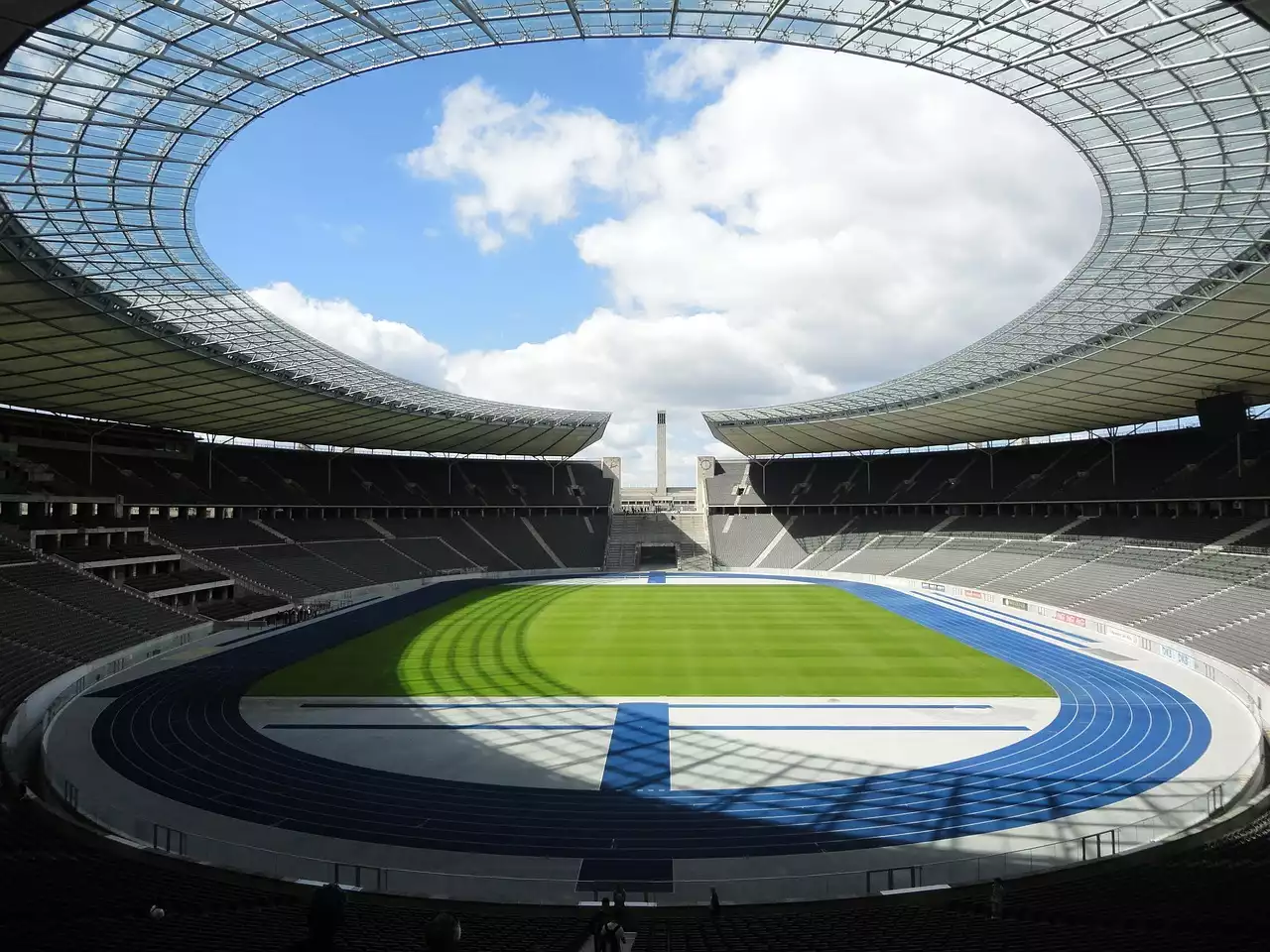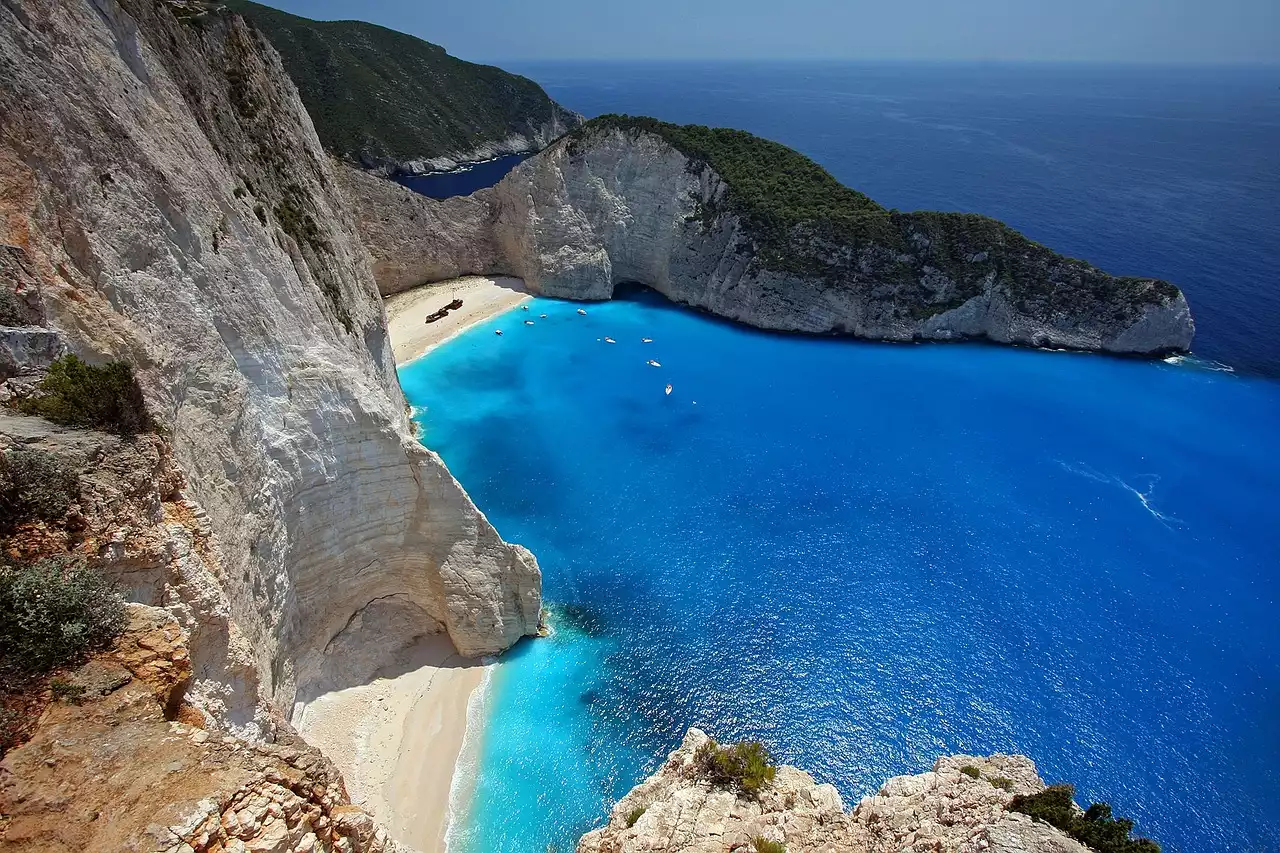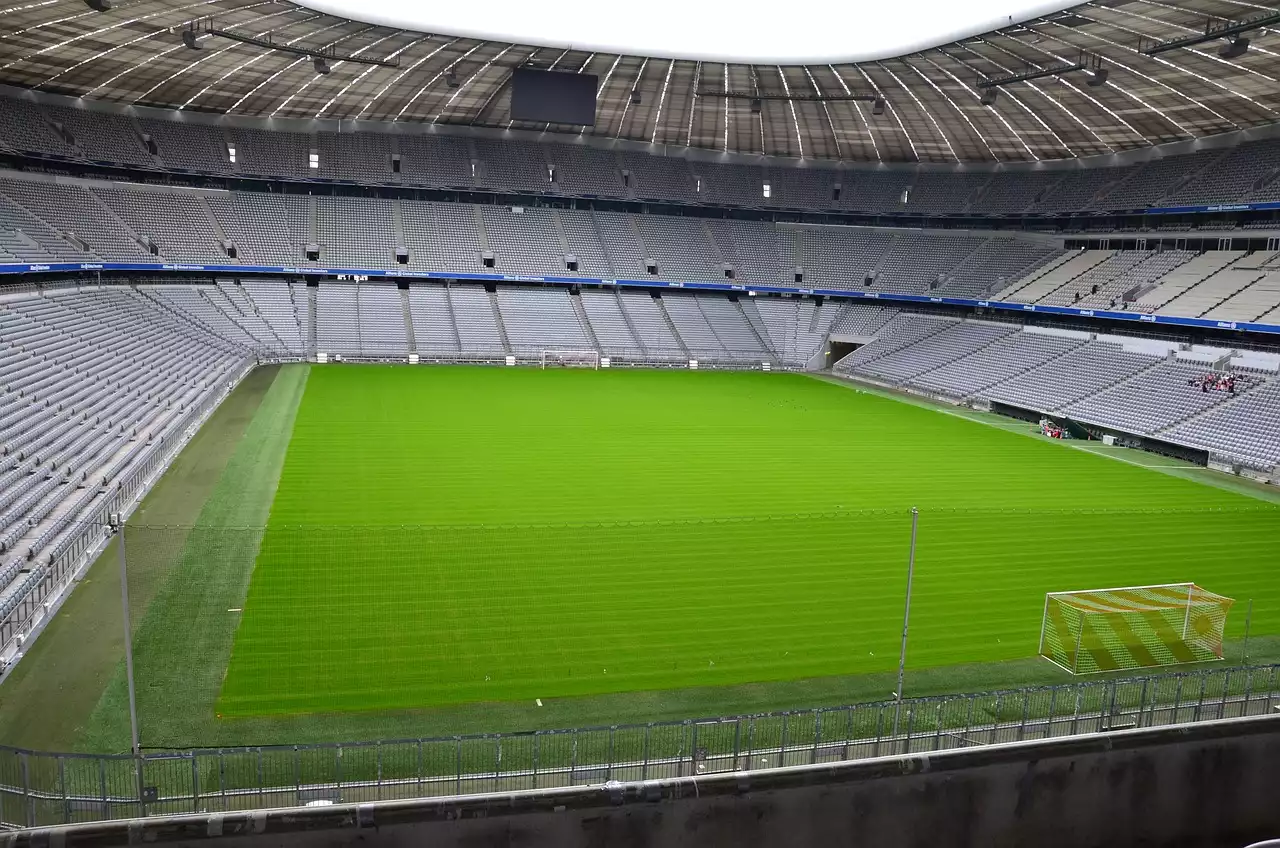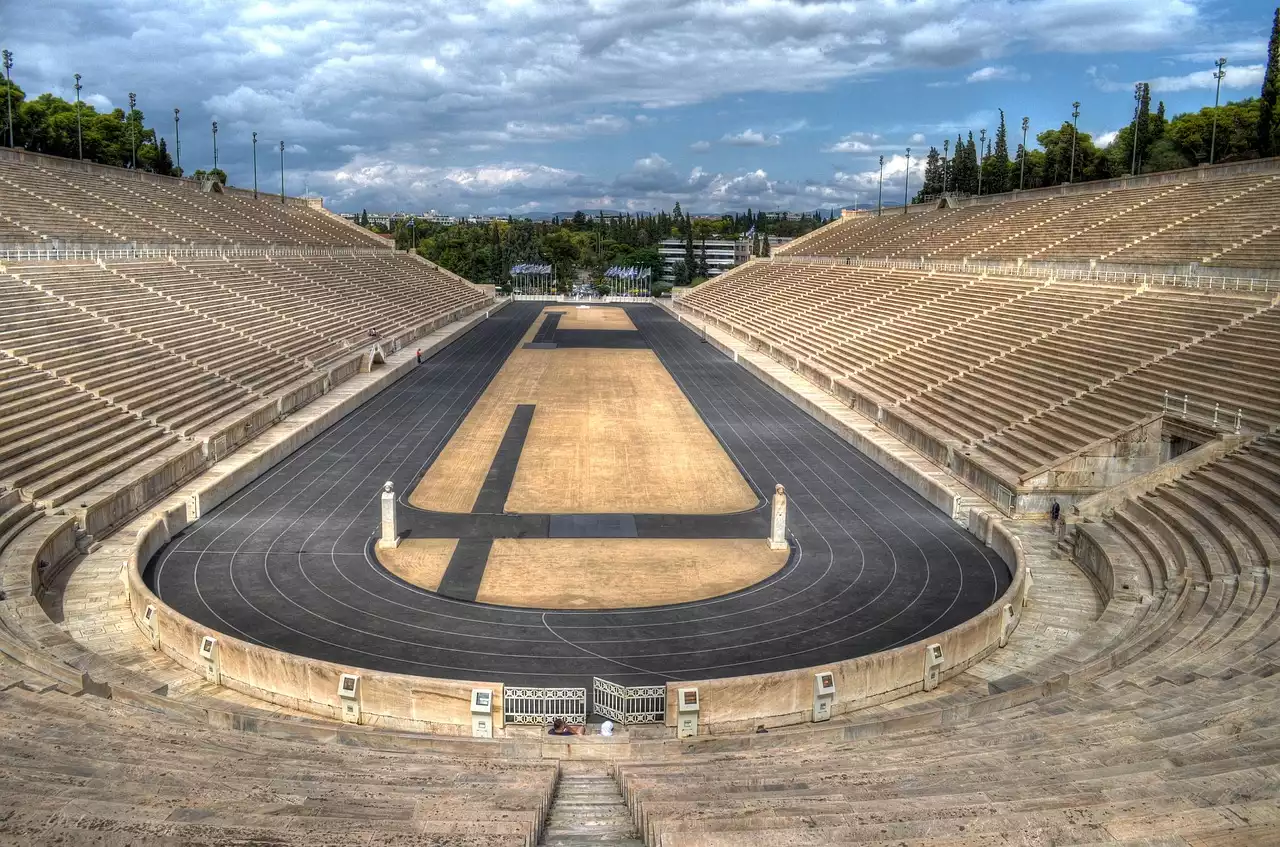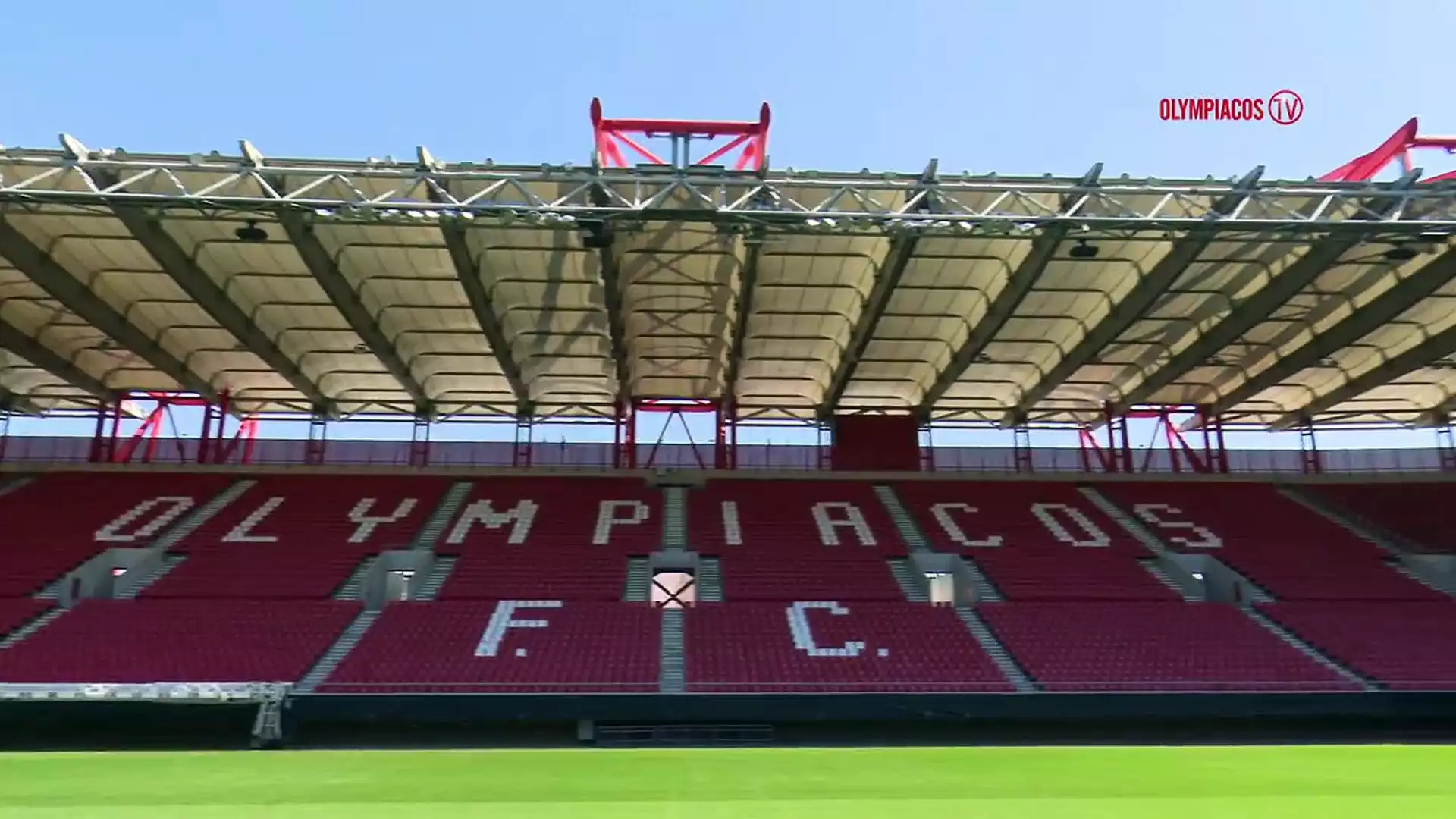The Impact of Climate on Stadium Design
Stadium design is a complex process that takes into account various factors, and climate is one of the most important considerations. When designing stadiums for the Greek Super League 1, architects must carefully analyze the unique climate patterns in the region. The Mediterranean climate, characterized by hot, dry summers and mild, wet winters, poses specific challenges that need to be addressed.
Considerations for Hot and Dry Climates
In the scorching Greek summers, the design of stadiums needs to focus on providing shade and ventilation. Architects often incorporate features such as retractable roofs, sun shading devices, and open-air concourses to keep the spectators cool and comfortable. Additionally, natural ventilation strategies, such as the strategic placement of openings and the use of wind-catching devices, help to circulate air and reduce the reliance on energy-consuming mechanical cooling systems.
Challenges and Solutions for Cold and Snowy Climates
While Greece is known for its warm climate, certain regions experience cold and snowy winters. Stadiums in these areas need to be designed to withstand harsh weather conditions. The selection of materials that can withstand extreme cold, such as reinforced concrete and steel, is crucial. Proper insulation and heating systems are also essential to ensure the comfort of players and spectators. Snow removal strategies, including the use of heated surfaces and snowmelt systems, help to maintain safe playing conditions.
Stadium Design for Rainy and Humid Climates
Rainfall and humidity pose their own set of challenges for stadium design. In the Greek Super League 1, where heavy rainfall is common during the winter months, architects must consider effective drainage systems to prevent water accumulation on the pitch and in spectator areas. Waterproofing materials and coatings are used to protect the structure from moisture damage. Additionally, covered walkways and seating areas provide shelter for spectators during rain showers.
Sustainable Stadium Design in Relation to Climate
In recent years, sustainability has become a key focus in stadium design. Architects are increasingly incorporating sustainable features that not only reduce the environmental impact but also enhance the stadium's resilience to climate change. From the use of renewable energy sources, such as solar panels and wind turbines, to the integration of green spaces and rainwater harvesting systems, stadiums are being designed to minimize their carbon footprint and promote environmental stewardship.
Innovative Features in Stadium Design for Extreme Climates
Architects in the Greek Super League 1 have embraced innovation to overcome the challenges posed by extreme climates. Advanced cooling systems, such as the use of misting technologies, help to lower temperatures during hot summers. Retractable roofs and heating systems ensure year-round usability in cold climates. Furthermore, the integration of smart technologies, such as temperature and humidity sensors, allows for real-time monitoring and adjustment of environmental conditions to optimize player performance and spectator comfort.
Case Studies of Successful Stadium Designs in Greek Super League 1
Several stadiums in the Greek Super League 1 have successfully implemented climate-influenced design strategies. One notable example is the Toumba Stadium in Thessaloniki. With its retractable roof and natural ventilation system, the stadium provides a comfortable experience for fans even during scorching summers. Another impressive stadium is the Olympic Stadium in Athens, which features a state-of-the-art heating system that ensures optimal playing conditions during cold winters.
The Role of Technology in Climate-Influenced Stadium Design
Technology has played a significant role in advancing stadium design in the Greek Super League 1. From computer-aided design (CAD) software that allows architects to simulate climate conditions and optimize design elements, to the use of advanced materials that enhance thermal insulation and durability, technology has revolutionized the way stadiums are built. Furthermore, the integration of smart technologies, such as IoT sensors and data analytics, enables real-time monitoring and adjustment of environmental conditions, enhancing the overall stadium experience.
The Future of Stadium Design in Greek Super League 1
As the world continues to grapple with the effects of climate change, stadium design in the Greek Super League 1 is likely to evolve further. Architects will continue to prioritize sustainability and resilience, incorporating innovative technologies and design strategies to mitigate the impact of extreme weather events. Additionally, fan comfort and experience will remain a key consideration, with stadiums incorporating state-of-the-art amenities and technologies to create an unforgettable atmosphere for football enthusiasts.
Climate plays a significant role in the design of stadiums in the Greek Super League 1. Architects face unique challenges in creating spaces that can withstand the Mediterranean climate while providing optimal player performance and spectator comfort. From hot and dry summers to cold and snowy winters, each climate condition requires specific design considerations and innovative solutions. Through sustainable design practices, technological advancements, and a deep understanding of climate patterns, architects in the Greek Super League 1 continue to build stadiums that are not only resilient but also contribute to an exceptional football experience for all.
